Soviet fashion: How designer clothes helped people through the dark times
What could be more inappropriate than a fashion house right in the midst of a terrible war? But that is
During the
Immediately after the Nazis were repelled, the city’s cultural life revived with new strength and vigor.
In April 1944 the first Soviet house of models was opened at 21 Nevsky Prospect in Mertens House, a building used to host a fur store before the 1917 Revolution. Today it is home to a large Zara store.
During the Brezhnev era of stagnation, Soviet modelers brought a little fresh air to the working people, creating colorful patterns and clothes samples and accessories for sewing factories.
Let's take a look at some of the best models captured against stunning backdrops of Leningrad that were displayed not only in the
(All the retro captions are saved)
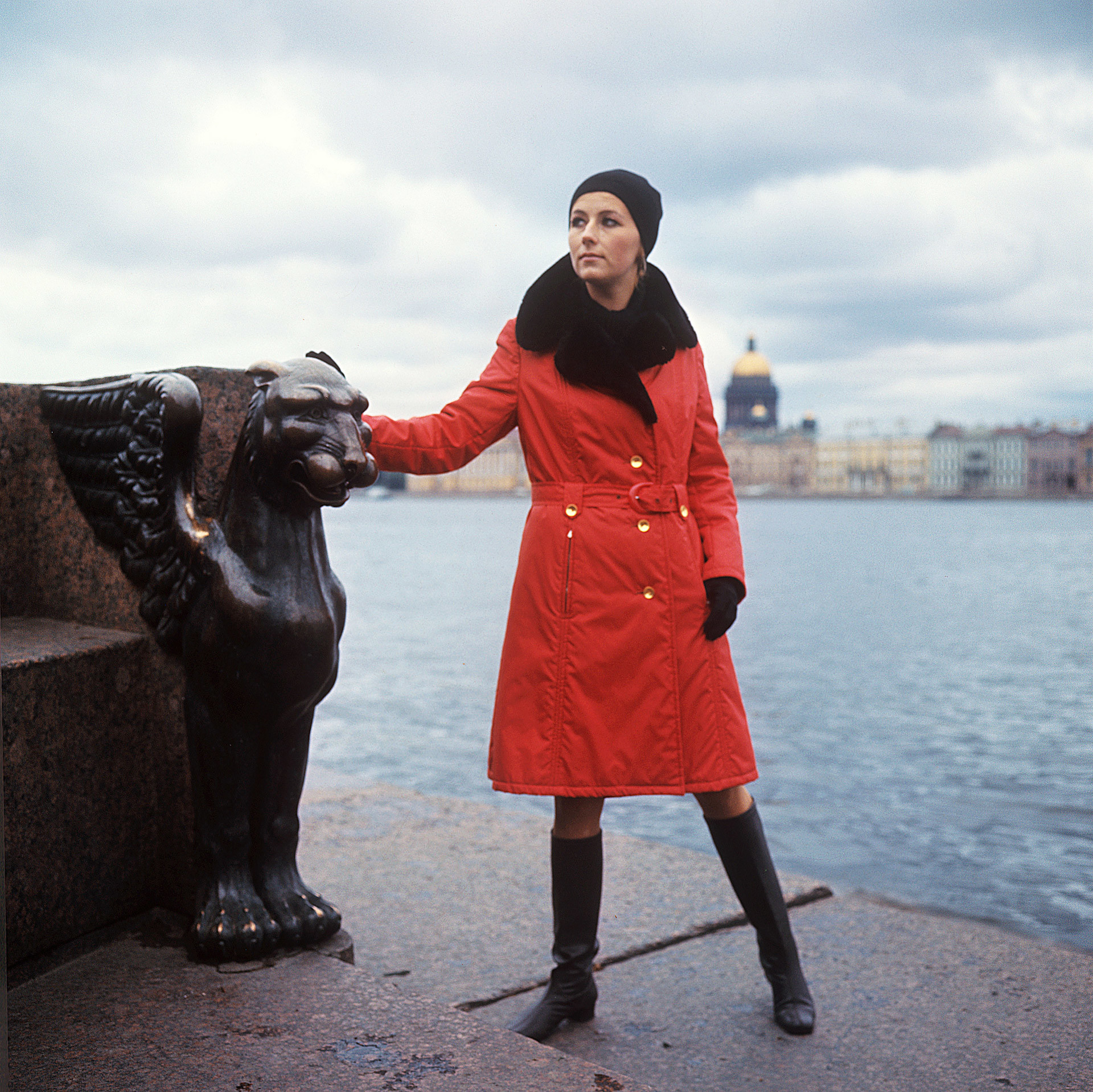
Waterproof autumn overcoat with fake fur elements, 1970
P.Fedotov/TASS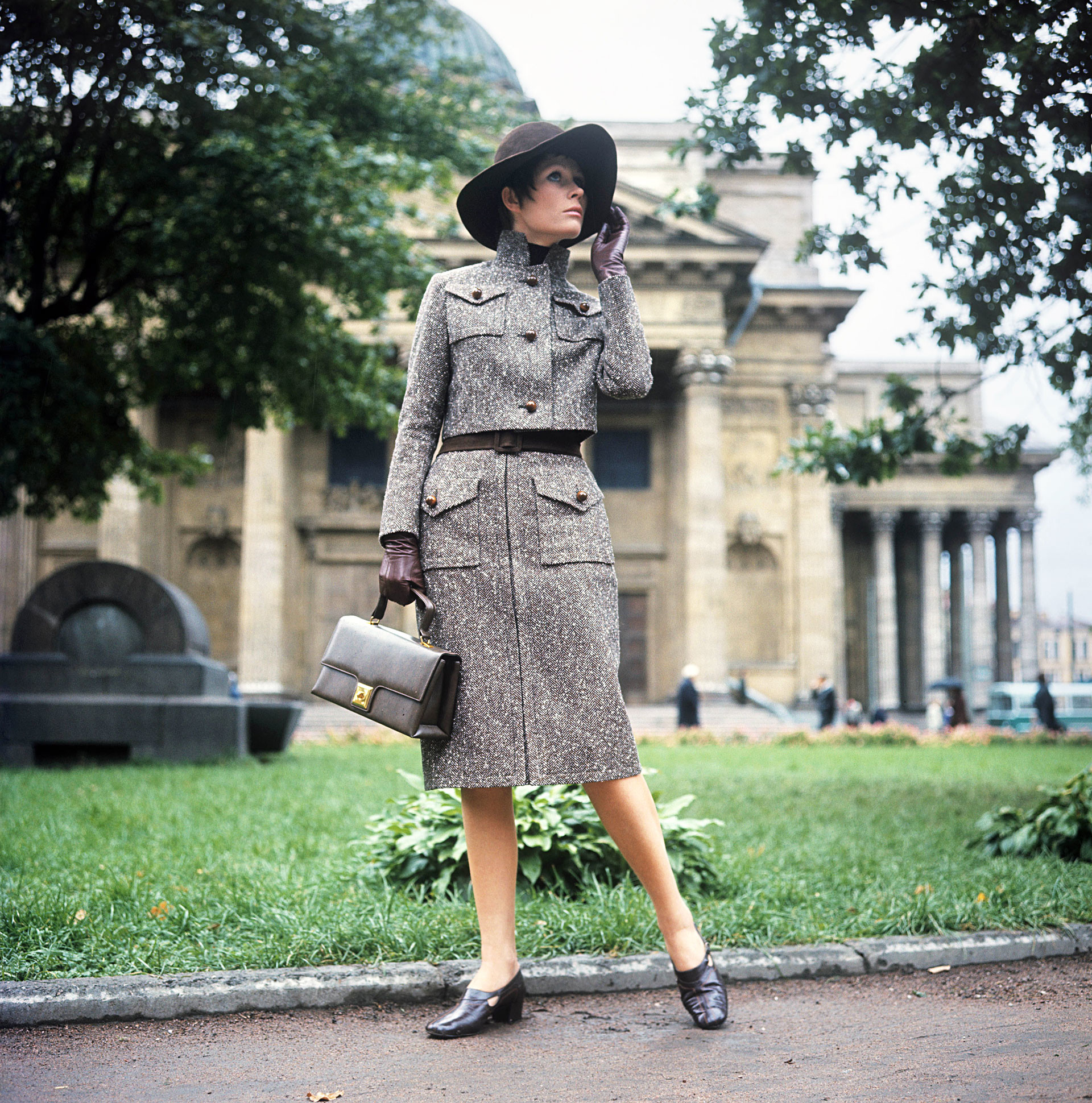
Tweed suit with extended skirt and short waist jacket, 1970
P.Fedotov/TASS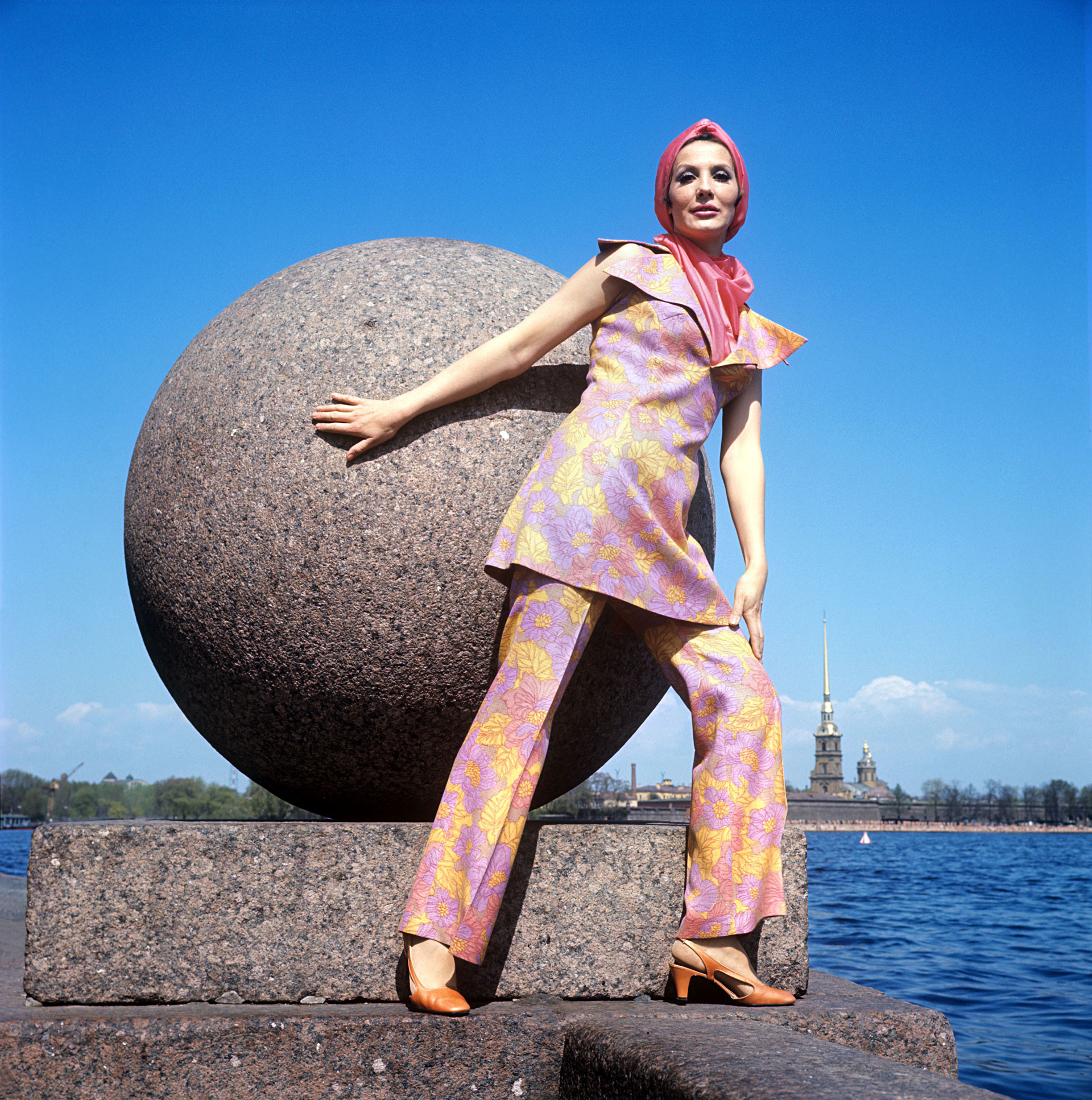
Pant suit with a bright scarf, 1970
P.Fedotov/TASS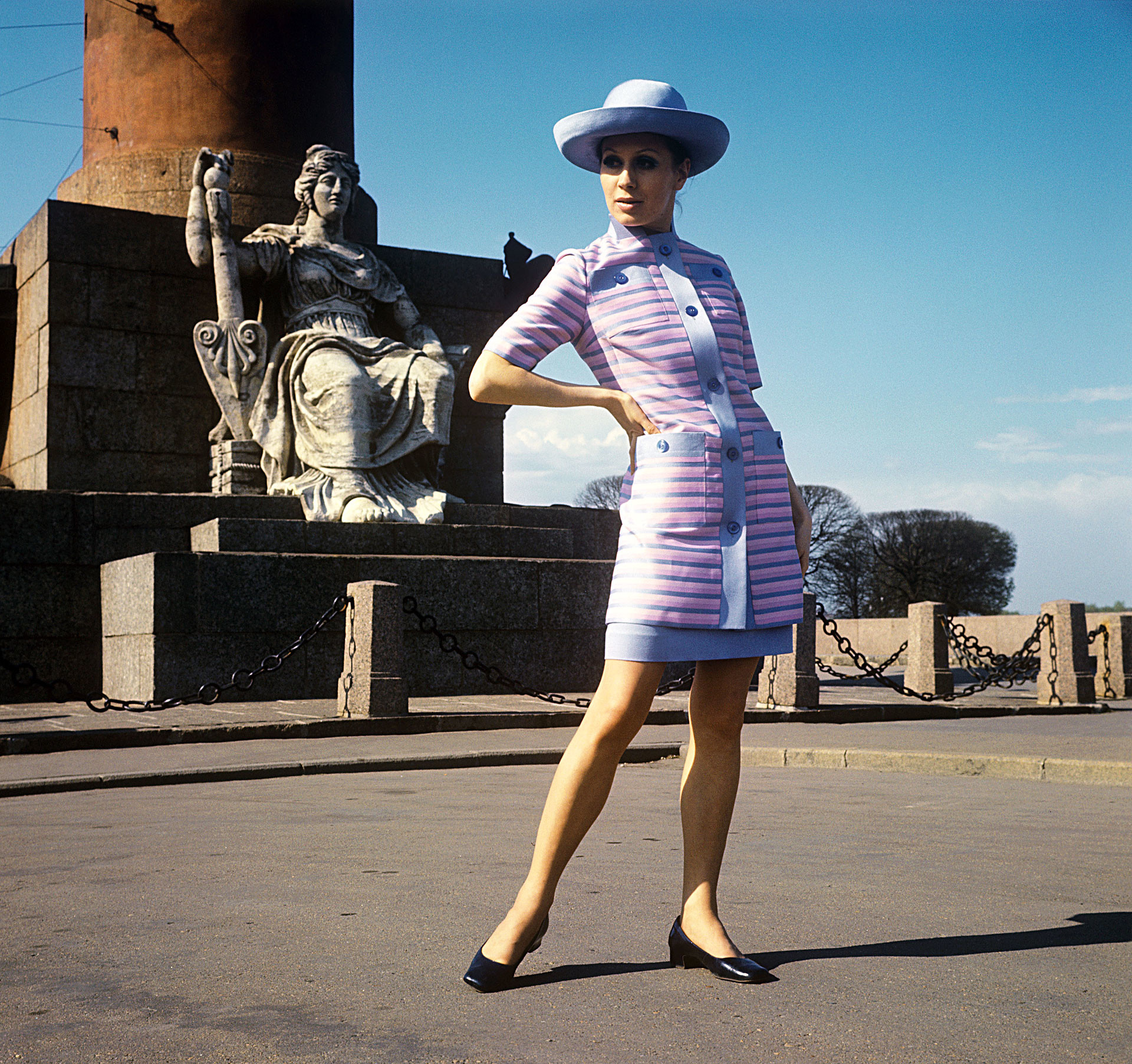
Summer dress and extended silk jacket, 1970
P.Fedotov/TASS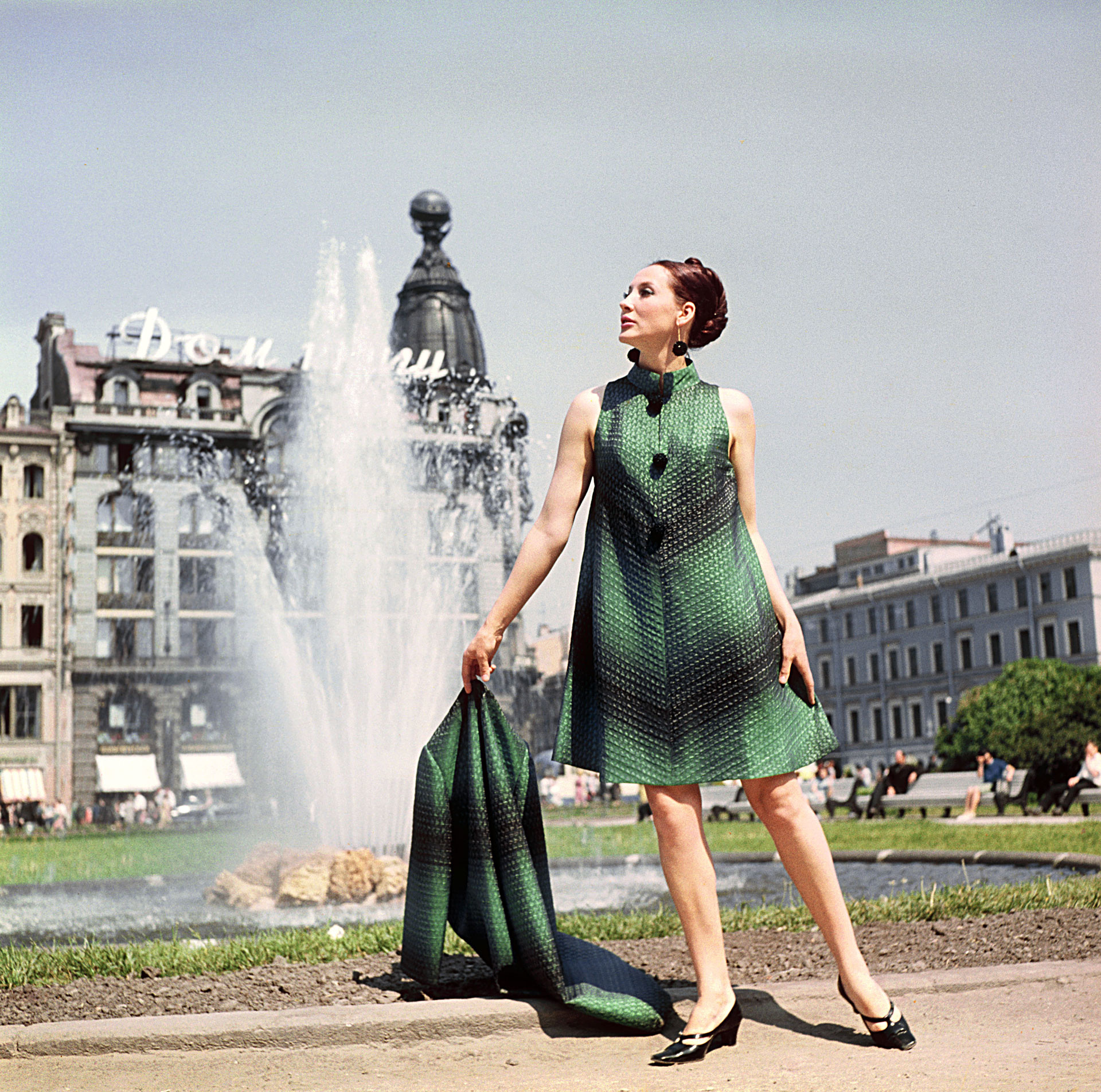
Coat and evening dress, 1968
P.Fedotov/TASS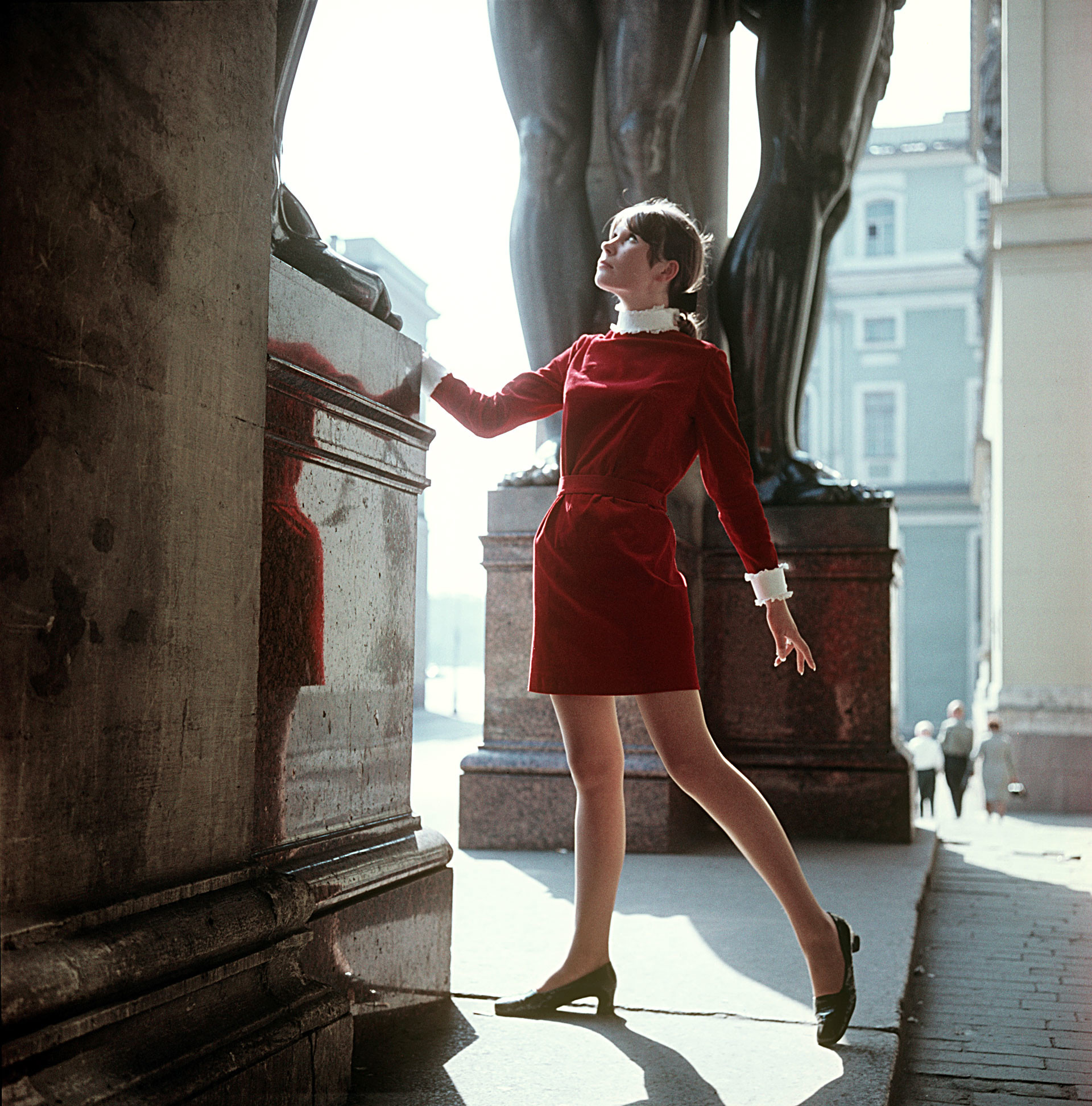
Red velvet youth dress, 1969
P.Fedotov/TASS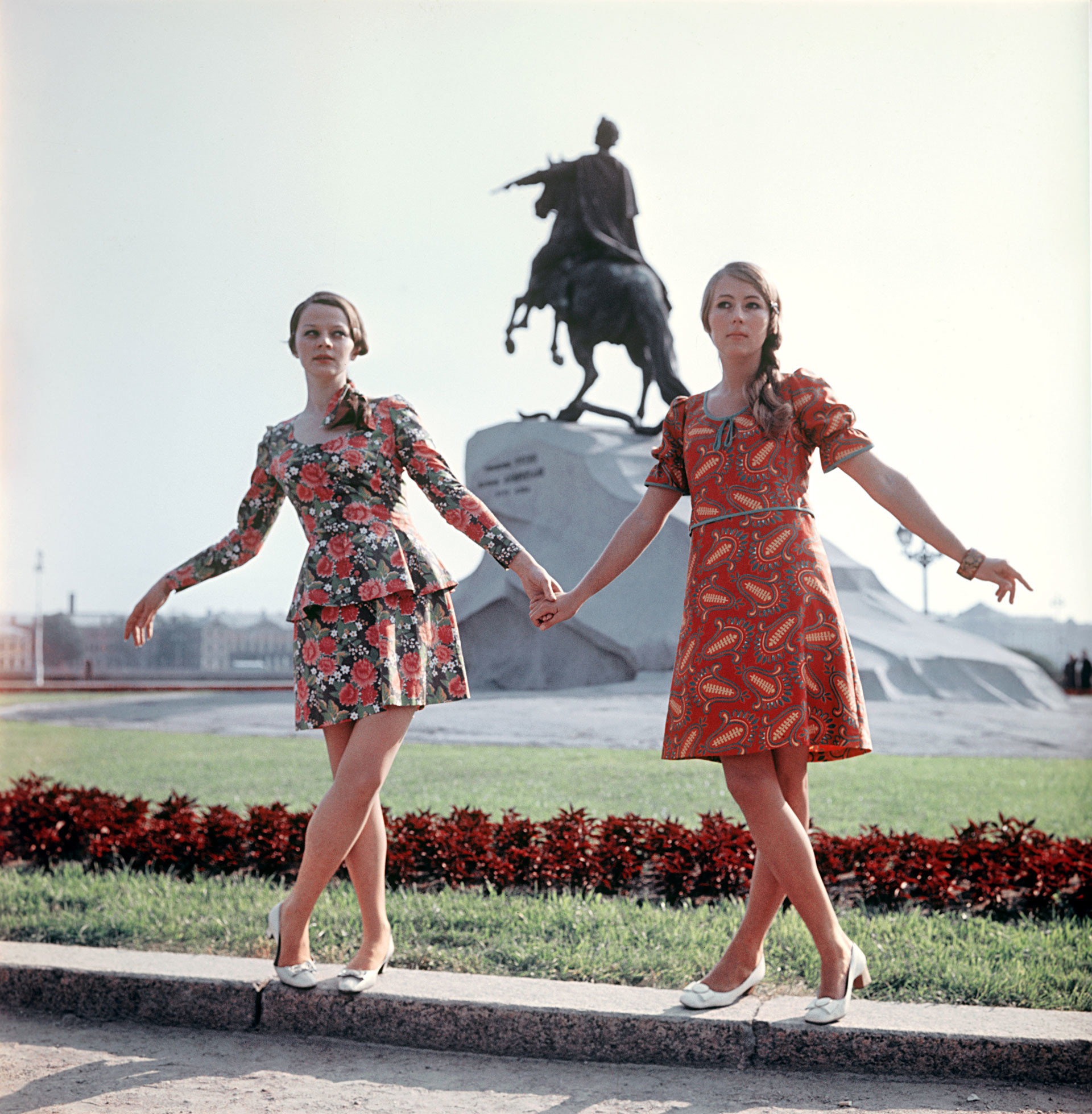
Suit and dress with Russian motifs, 1969
P.Fedotov/TASS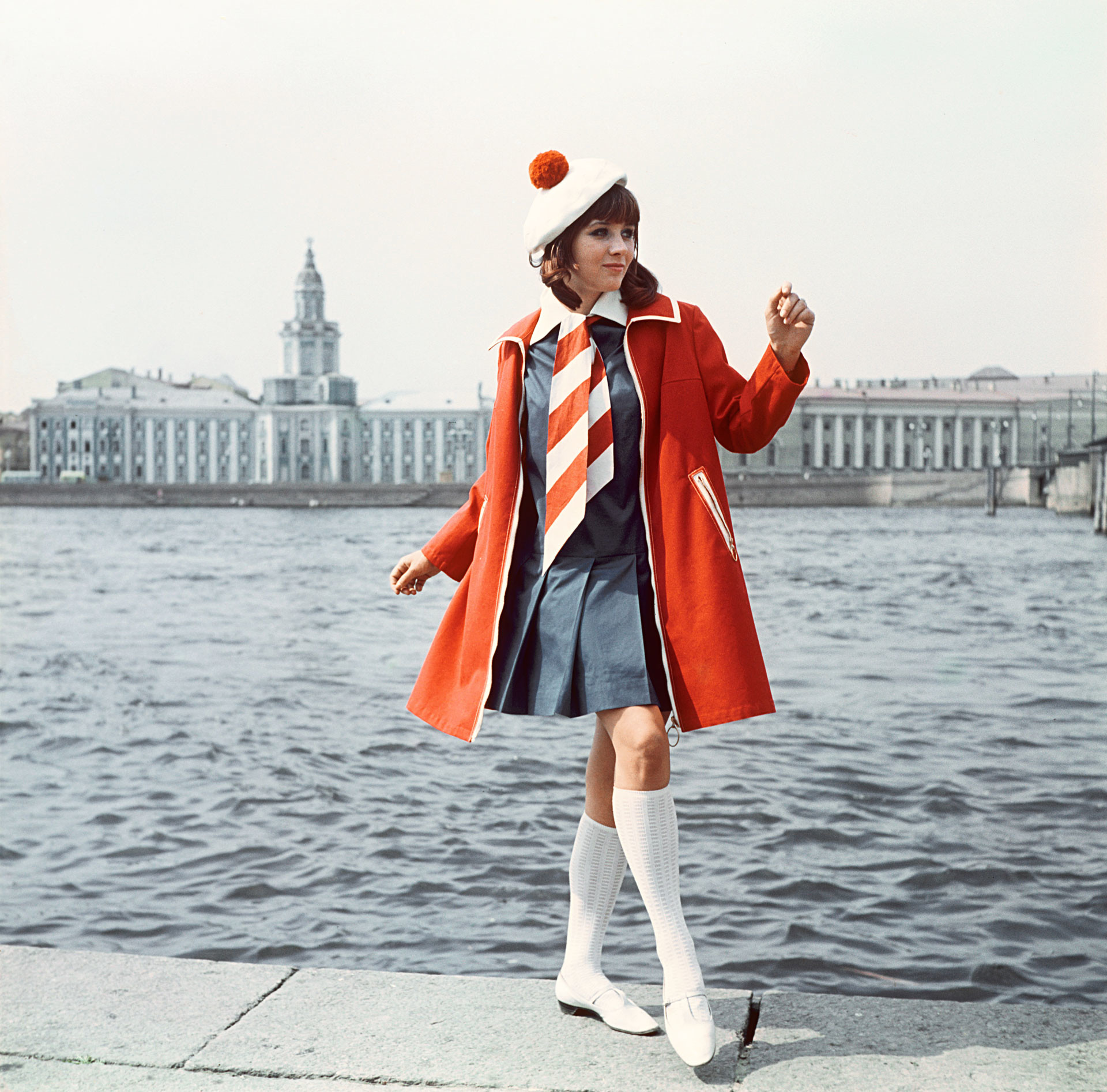
Raincoat with zipper and dress with bright tie, 1968
P.Fedotov/TASS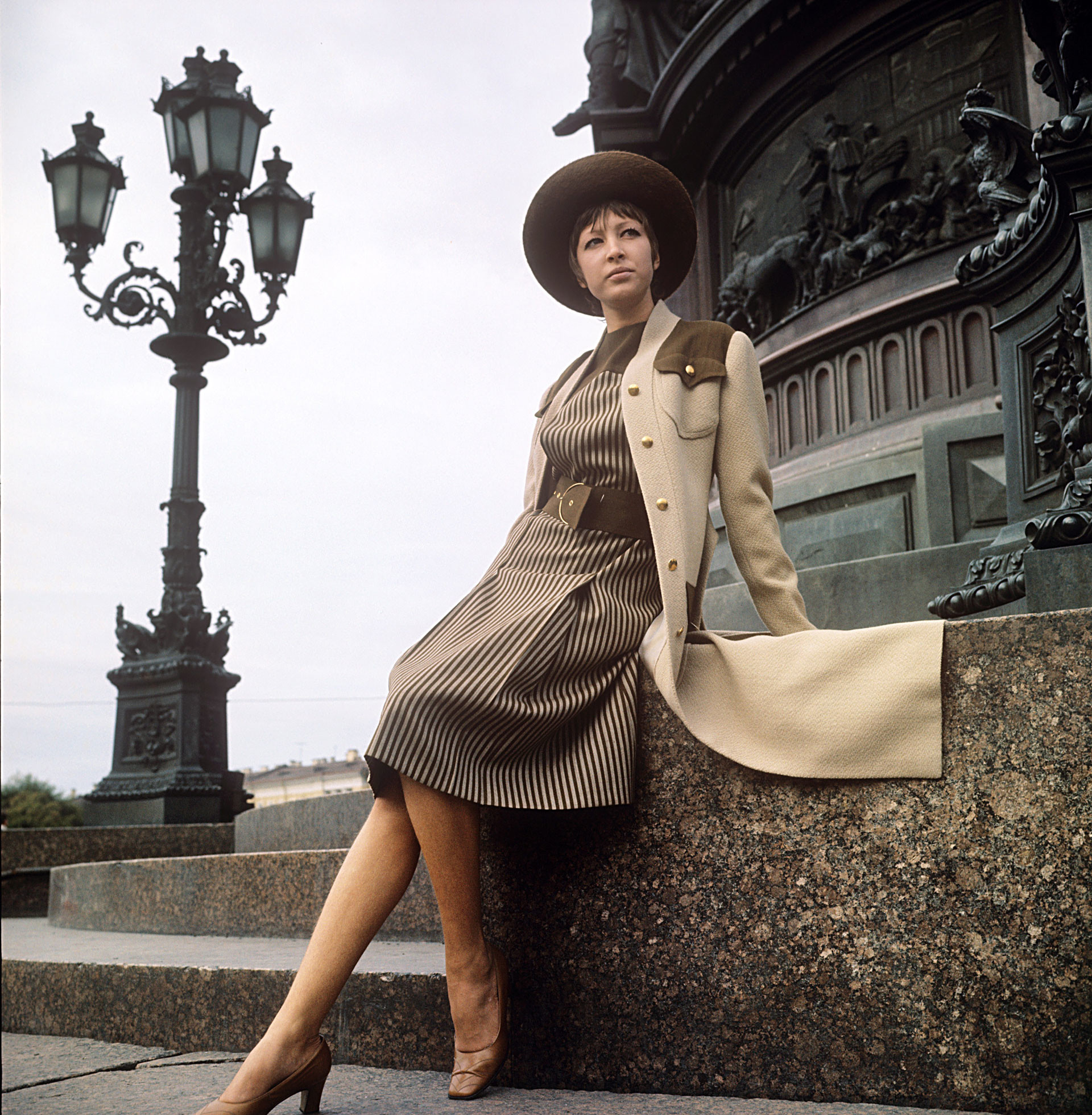
Elegant ensemble, 1972
P.Fedotov/TASS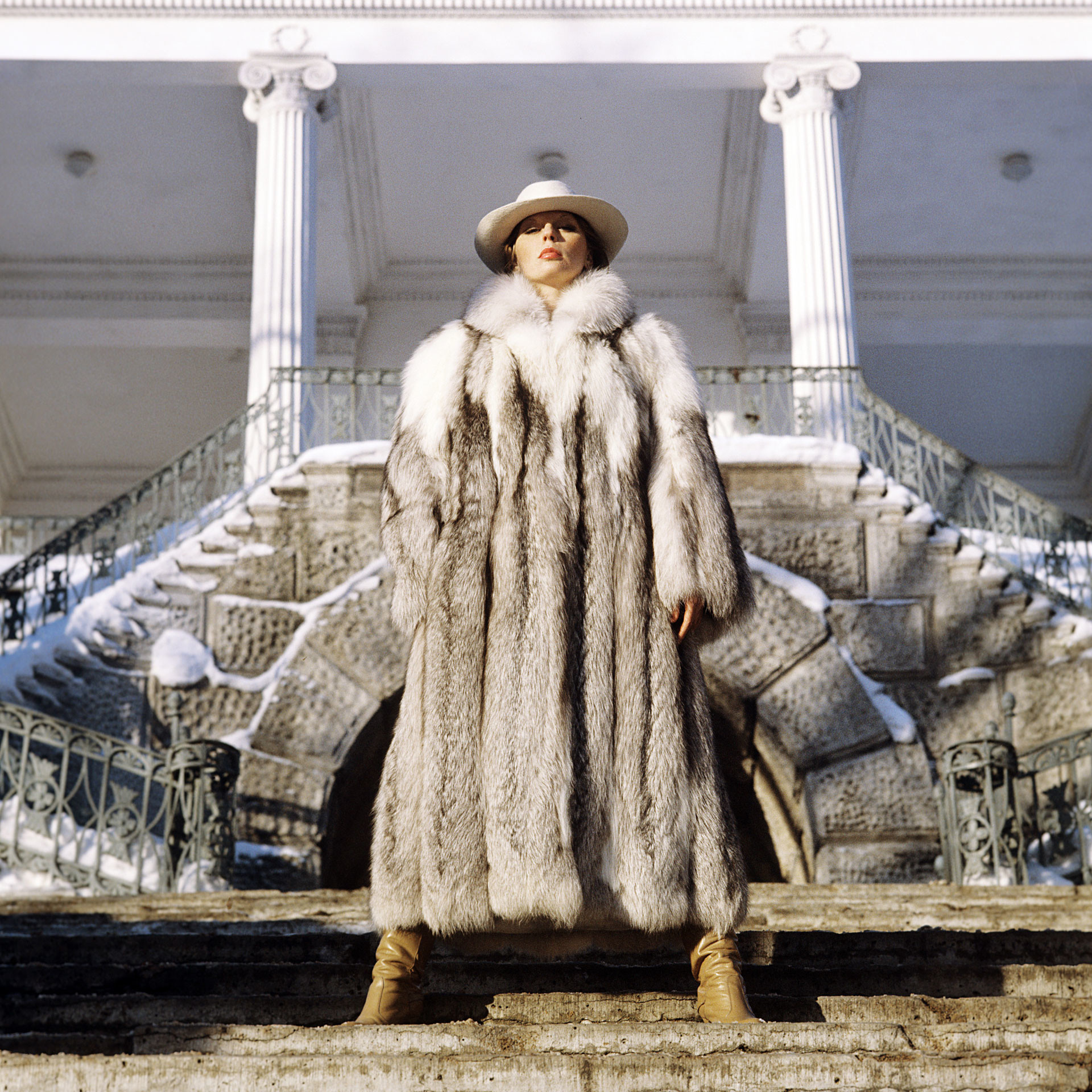
Platina fox overcoat demonstrated at the Leningrad House of Models, 1982
Yuri Belinsky/TASS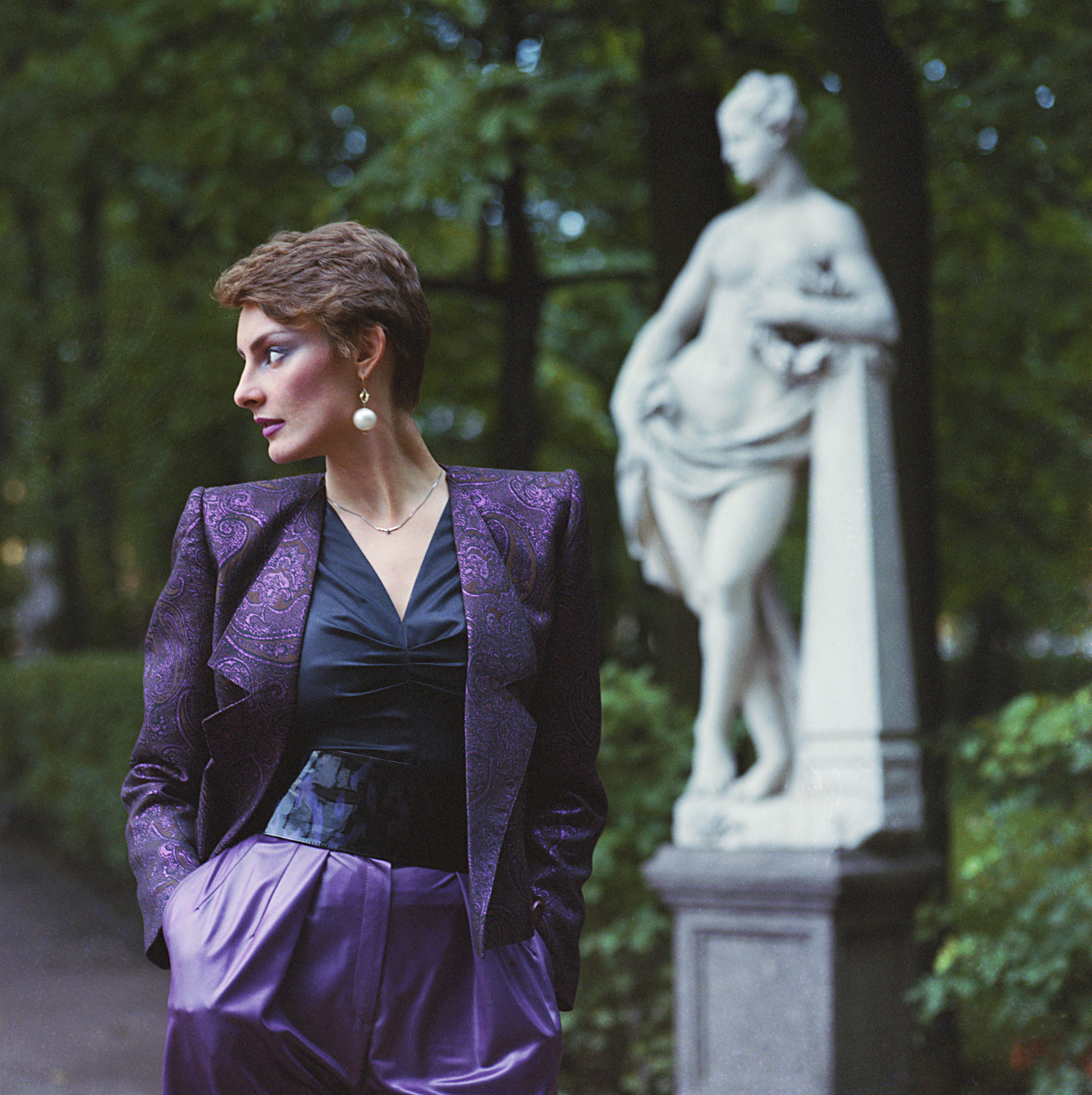
Elegant evening set made of thick silk and hosiery fabrics, 1984
Yuri Belinsky/TASS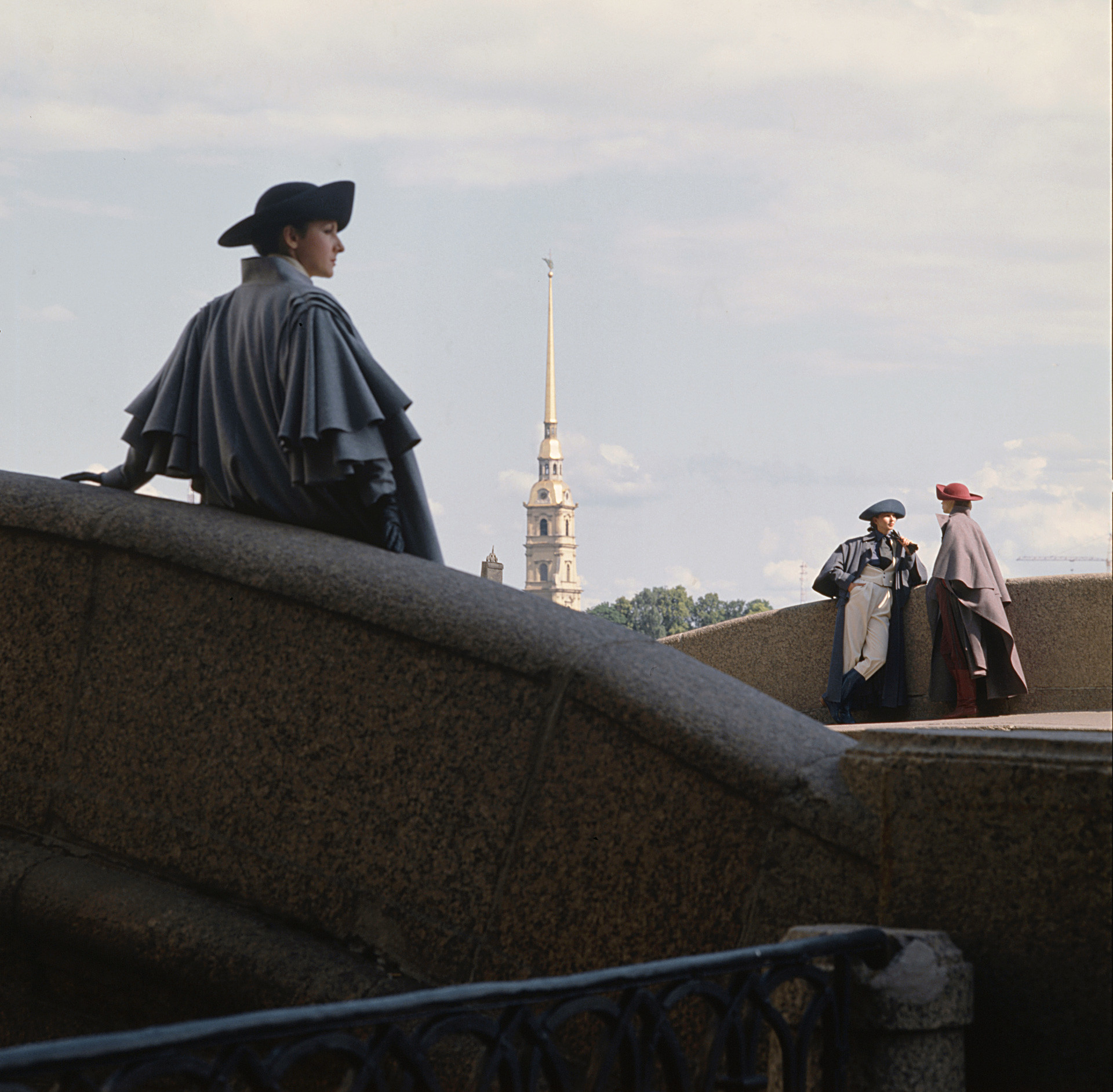
Leningrad House of Fashion shows retro-style clothes on the embankment near the Admiralty building, 1984
Yuri Belinsky, Igor Zotin/TASSFrom today’s St. Petersburg to the horrors of Leningrad under siege: A photographer combines frightful scenes of the Leningrad Blockade (1941-1944) with bright views of the present-day city. Click here to see the collages>>>
If using any of Russia Beyond's content, partly or in full, always provide an active hyperlink to the original material.
Subscribe
to our newsletter!
Get the week's best stories straight to your inbox